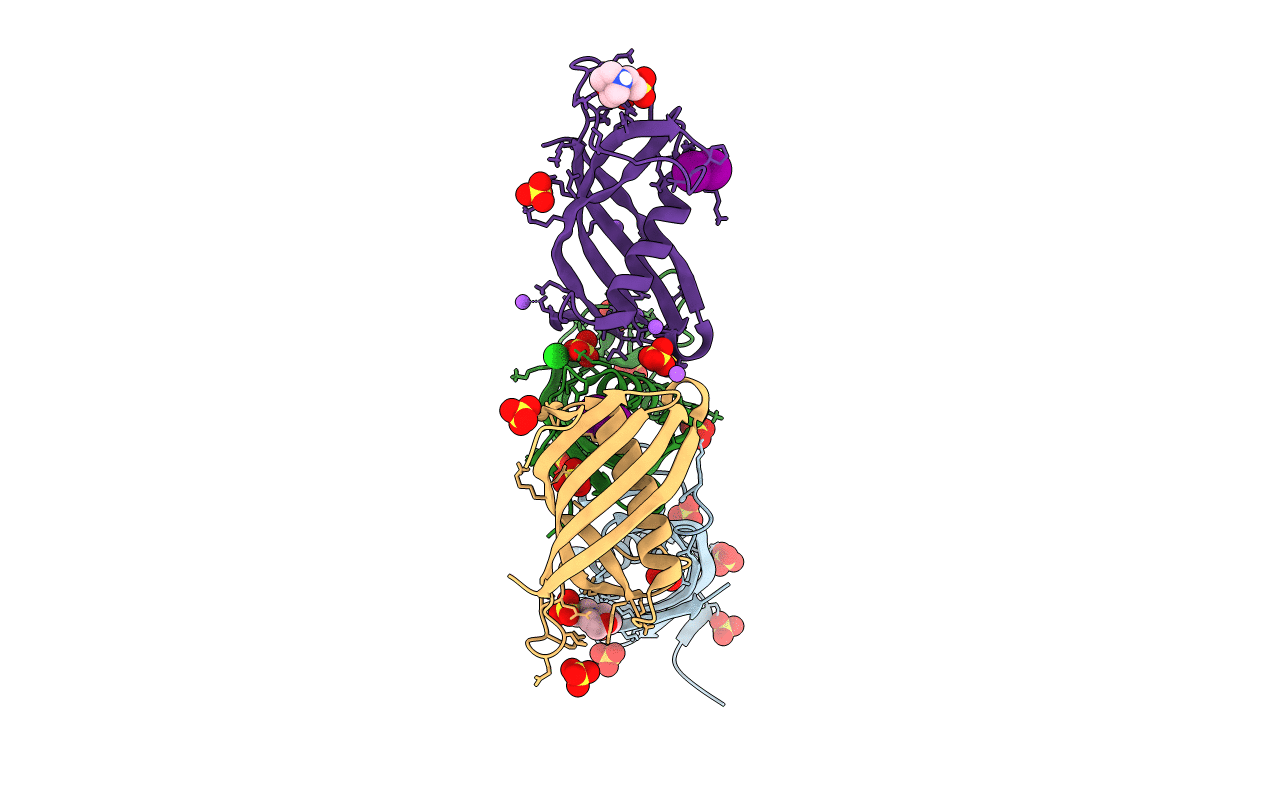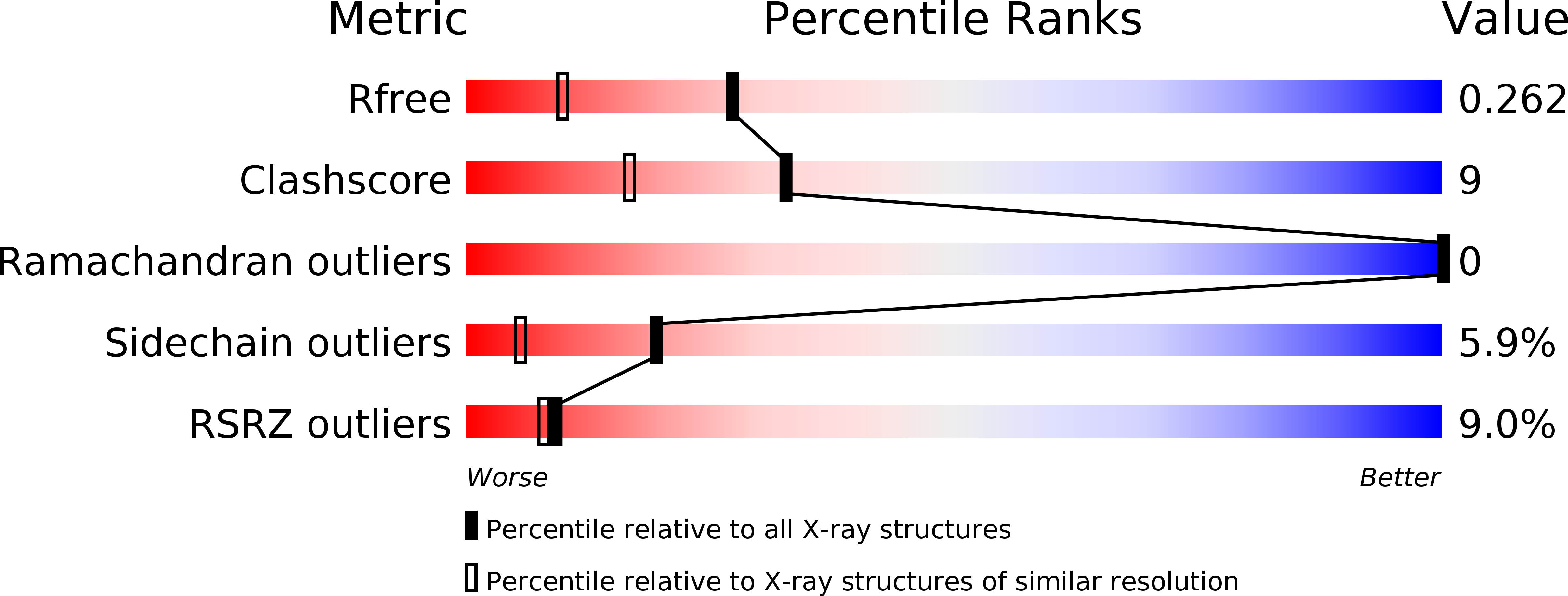
Deposition Date
2019-10-01
Release Date
2020-07-01
Last Version Date
2024-11-13
Entry Detail
PDB ID:
6UIO
Keywords:
Title:
Crystal structure of mouse CRES (Cystatin-Related Epididymal Spermatogenic)
Biological Source:
Source Organism:
Mus musculus (Taxon ID: 10090)
Host Organism:
Method Details:
Experimental Method:
Resolution:
1.83 Å
R-Value Free:
0.26
R-Value Work:
0.22
R-Value Observed:
0.22
Space Group:
P 21 21 21


